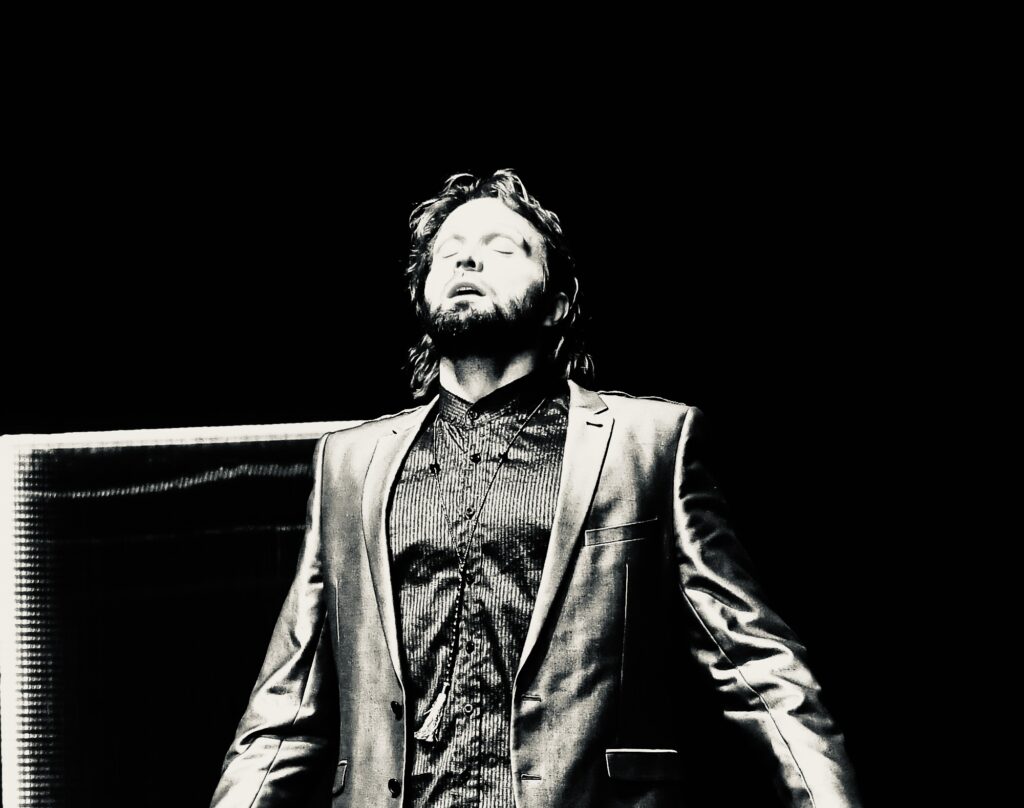Zero Zone praxis for Performing Arts
Zero Zone praxis training is on how to enhance the performing flow and avoid stage fright
Zero Zone praxis is a self-cultivation praxis that helps tackle ego-based conflicts during the rehearsal period in Performing Arts and avoid stage fright manifestations in the actor-director dyad. ZZ can also be practised individually as a performer training technique. By practising ZZ praxis, a performer achieves a profound uninterrupted performing flow and moves to a higher level of consciousness in his performance. This creates a powerful contact with the spectator, and both receive an unforgettable experience from the show. Alongside the training, in the case of the production, an actor-director dyad employs here cultivating directing mode. In repeating rehearsal cycles, the director supports the actor to achieve extra strong concentration and helps them to create personal conviction of artistic truth. This makes their performance effectively intimate, talkative, robust and profound.
Zero Zone praxis is an idiosyncratic practice which fuses Stanislavskian actor training and directing craft with the perceptual exercises from Yogic techniques and philosophical principles (Abhyasa and Vairagya, Yamas and Niyamas). Zero Zone Praxis training for Performing Arts encourages the perceptual entering to the character, creating awareness about time and focusing and introducing different levels of consciousness to use them for more profound creation in Performing Arts. It is about creating a robust performing flow, which carries the performer and provides real enjoyment from performing. The Zero Zone Praxis training has three stages for exercises and techniques and the lecture format to create an intellectual understanding of the essence of the praxis. The best result will be achieved with repetitive training and use in practice.
The First Stage: The Stairs
External, psychophysical
This preparation level can be used as a warm-up for rehearsal, in which a shared space will be created. The exercises provide an embodied understanding of psychophysical insight: what are the tools for improving self-confidence and connection with a partner, and how it works? How to create a performing flow.
The Second Stage: The Entrance
I have introverted Kinaesthetic awareness in use.
The techniques at this level are turning external focus (from physical doing) inward, tuning one to be more intimate, peaceful and thereby more precise, present and aware of the inner processes for differentiation and sharpening perception.
The Third Stage: Zero Zone Dynamics
This intellectual knowledge is given in lecture-discussion mode.
While the first two levels are carried by curiosity and gradually progressing awareness, supported by personal insights private to every participant, the third level frames everything together: the reasons, the destination, the path and the result.
Zero Zone praxis training aims to contribute to the performer’s training and performing quality in terms of a better understanding of using the bodymind. Furthermore, the results can be applied to performers and directors in training as a preventive tool for alleviating fear in rehearsing and producing in the performing arts.




